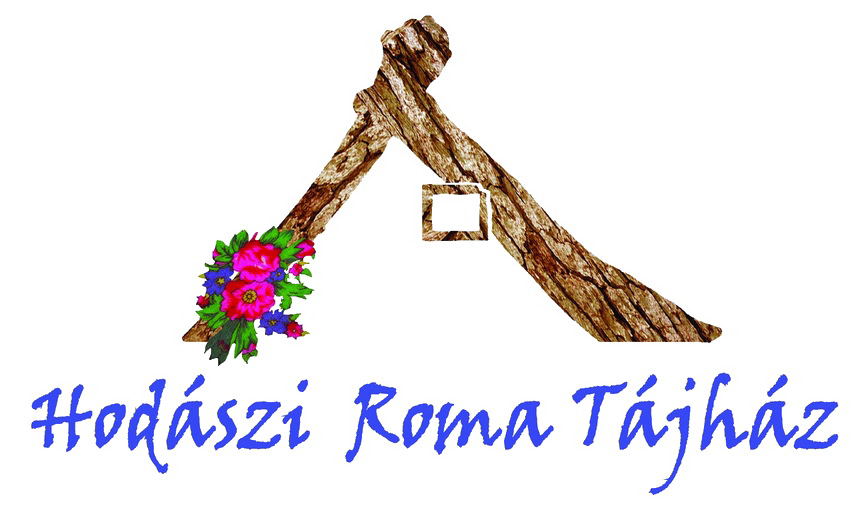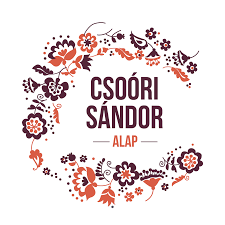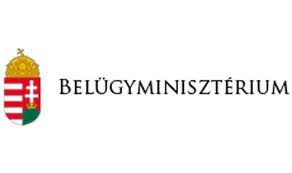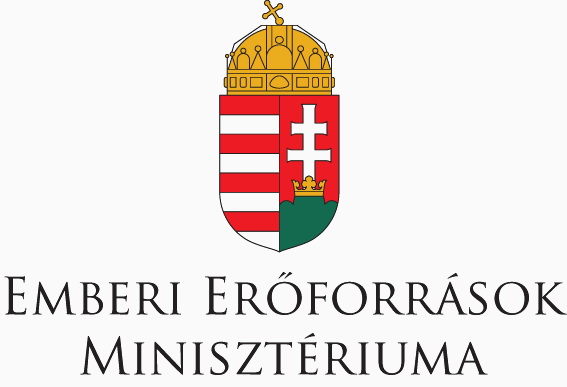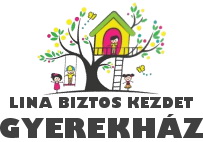Rammed floor, wall from wattle and loam, thatched roof
Text and photos: Alexa Etédi Date: 29th of October 2013
We are looking for the country’s only Roma Ethnic Museum in Hodász. It is in the eastern tip of Hungary, between Nyírbátor and Mátészalka.
Rammed floor, wall from wattle and loam, thatched roof
The museum is a civil initiative and was established in 2001.
Our bus rolling slowly, as there are no signs of guidance. So we are forced to ask questions. The houses are poor, in many places there are no window glasses, but bright-eyed Roma children with up to the ears smile are waving. The tourists are rare here.
Anyone can be asked, readily adjust the path, pointing the direction to their pride, the Roma Museum, what we finally find after a long search.
Behind the fence curious children gazing and beside them the smiling Melinda Rézműves ethnographer, the implementer of the museum receive us. She is proud to lead us through the thatched, wattle and loam wall building’s two rooms, showing the Romani life, culture and costumes, than we can see in the back garden the half dug into the ground the “putri” (kind of a smaller room, house), which meant the living space of the long migratory lifestyle.
The dedicated ethnographer from Hodász is the living example, that it is possible to break out of the difficult conditions.
Melinda’s mother created the village Vlah Romani kindergarten, later her daughter – the second graduated Roma in the village- continued the betterment of the lives of the local community, including the implementation of the Roma Ethnic Museum, which is unique in Europe. Now, in the frame of Social Renewal Operational Program granted from 2012 she efforts to organize the local primary school competency development occupations (weaving, wicker and wattle, folk music, dance, art, mother tongue and Hungarian web-radio).
The Creative House was also envisioned, which walls are already standing, but there is no money to complete it.
Next to the museum stands Romani Greek Catholic church of Hodász, where István Orosz priest and his wife support Melinda Rézműves’s work established network institutions around the church( social catering, nursery, nursing houses and temporary shelters). The messes are held in Hungarian and on Sunday in Romani cerhari dialect language (a branch of the Vlah) to deepening the local Romani identity, raising awareness in preservation of values, while an effective community organization can be achieved. Their work results are that the growing numbers of Roma children in Hodász are admitted to high school, that giving hope for a higher level of learning further and may cause the social empowerment of the Roma community.


